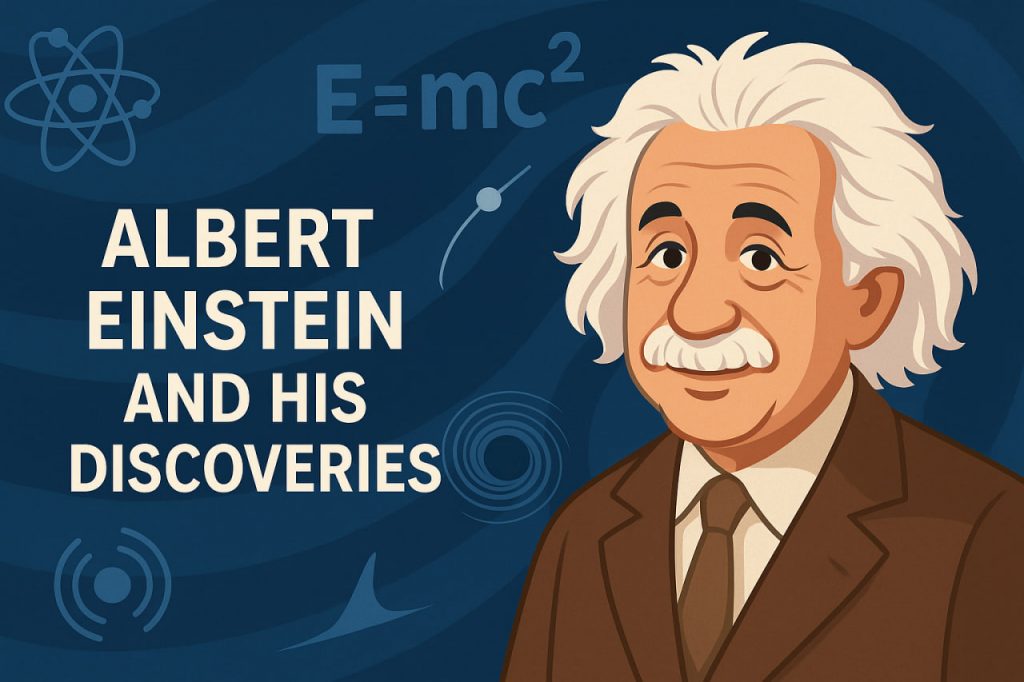Albert Einstein was one of the most influential physicists in history. His theories transformed our understanding of space, time, and energy. Beyond his iconic status, Einstein made profound contributions to theoretical physics, many of which continue to shape science today. His work laid the foundation for much of modern physics, including the study of the universe, quantum mechanics, and cosmology.
Early Life and Education
Einstein was born in 1879 in Germany. From an early age, he showed curiosity about nature and mathematics. Despite struggling in some traditional school subjects, he excelled in science and logical thinking. He studied physics and mathematics at the Swiss Federal Institute of Technology and later worked at the Swiss Patent Office, where he developed many of his groundbreaking ideas.
Theory of Special Relativity
In 1905, Einstein published his Special Theory of Relativity, which changed how scientists viewed space and time. One of its key concepts was that the laws of physics are the same for all observers moving at constant speeds, and that the speed of light is a constant for everyone. This led to his most famous equation:
E = mc², which shows that energy and mass are interchangeable.
This theory explained strange behaviors observed at high speeds and showed that time and space are not fixed but relative to motion.
General Theory of Relativity
In 1915, Einstein introduced the General Theory of Relativity, which described how gravity works not as a force, but as the curvature of space-time caused by mass and energy. This theory predicted phenomena like gravitational waves, black holes, and bending of light near massive objects—all later confirmed by experiments and observations.
It also replaced Newton’s older theory of gravity and became essential in modern cosmology and space science.
Quantum Theory and the Photoelectric Effect
Einstein also contributed to quantum theory, especially through his explanation of the photoelectric effect, where light knocks electrons off metal surfaces. This work showed that light behaves both as a wave and as a particle, earning him the Nobel Prize in Physics in 1921.
Although Einstein was skeptical of some aspects of quantum mechanics, his work helped launch one of the most important fields in modern science.
Later Years and Legacy
Einstein emigrated to the United States in the 1930s to escape Nazi persecution. He worked at Princeton University, where he continued to explore ideas in unified field theory, aiming to unite gravity and electromagnetism.
He became a global symbol of scientific brilliance and humanism, advocating for peace, education, and civil rights. Einstein died in 1955, but his legacy remains one of the most powerful in scientific history.
Glossary
- Special Theory of Relativity – theory describing how time and space change with speed
- E = mc² – Einstein’s equation showing mass can be converted into energy
- General Theory of Relativity – explains gravity as a curvature of space-time
- Space-time – the four-dimensional fabric that combines space and time
- Photoelectric effect – the emission of electrons from metal when exposed to light
- Quantum mechanics – the physics of very small particles like atoms and photons
- Gravitational waves – ripples in space-time caused by massive accelerating bodies


